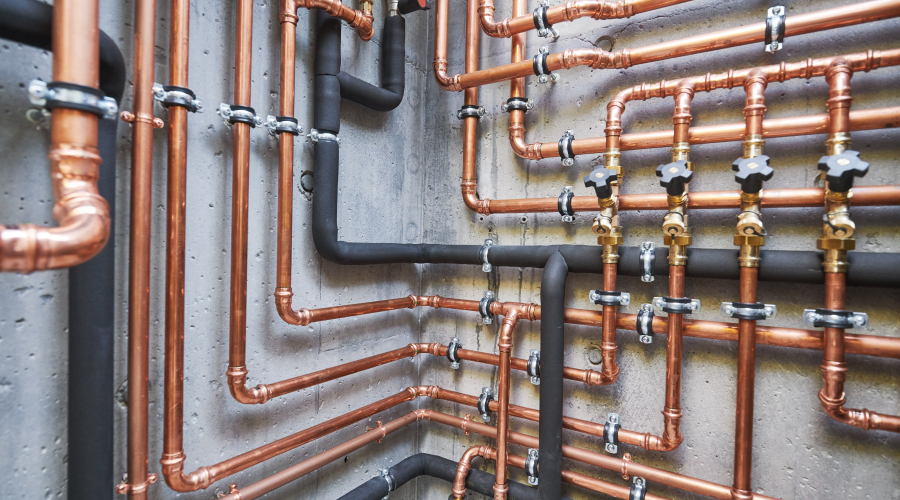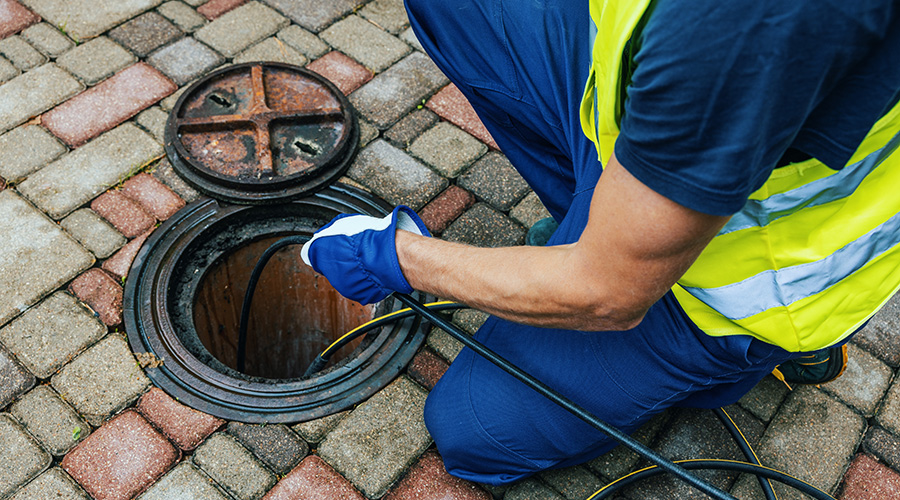Water Conservation: Flushometers, Waterless Urinals Boost Efficiency
Flushometer valves use two basic methods of operation. One method uses a rubber diaphragm in the valve, where water passes through a small orifice to shut off the valve. Older valves trap debris in the water line and block the flow of water. As a result, the valve does not close and large amounts of water flow through the fixture.
As an alternative to the rubber-diaphragm option, manufacturers now offer a piston-type valve that does not use the small orifice to operate. As a result, it will reduce the chances of a valve not sticking open and wasting water. In renovation projects, workers can remove old valves and replace them with new valves and bowls.
Urinals
About 65 percent of the estimated 12 million urinals in the United States are old and inefficient, according to WaterSense. While the EPA standard for commercial urinals is 1 gpf, some older urinals use up to five times that amount. Now, many water-efficient urinals use 0.5 gpf, and some use a pint — an eighth of a gallon — of water per flush.
To reduce water use, managers should standardize using 0.5 gpf urinals. The pint-flush fixtures work if properly installed and maintained, but they are only available with sensor-operated valves.
Waterless urinals are another option. They have been around and successfully installed for about 20 years. These urinals operate well when cleaners follow recommended maintenance procedures, but a lack of maintenance for even short periods can cause improper operation, as well as generate occupant complaints about odor and a lack of cleanliness.
Certain waterless urinals use a liquid trap-seal material that floats on top of the liquid and suspends solids, keeping sewer gases out of the toilet room. Others use a trap-seal material that housekeepers pour into the fixture regularly. Still others use a removable cartridge.
Some manufacturers require workers to remove and dispose of the cartridge, while other manufactures include reusable cartridges. One situation managers should keep in mind regarding waterless urinals: Most codes require the upstream installation of a water fixture to keep the main line flushed out.
Related Topics:















